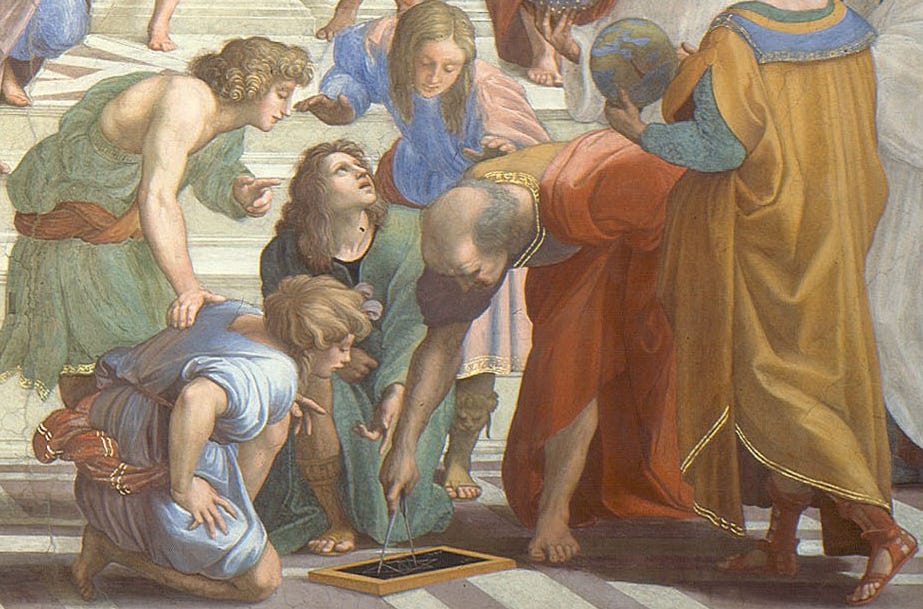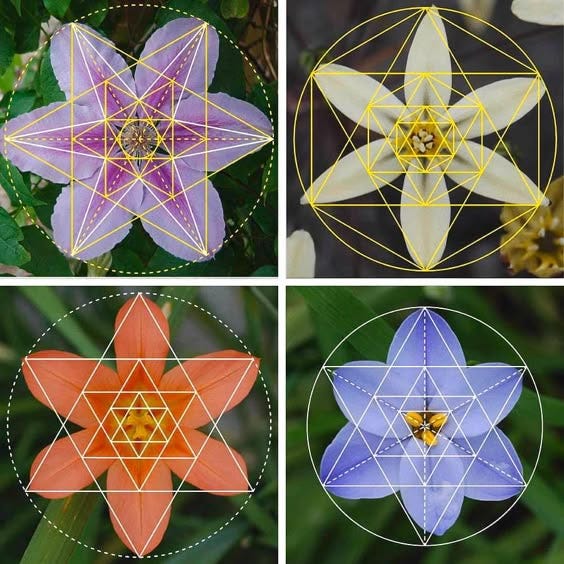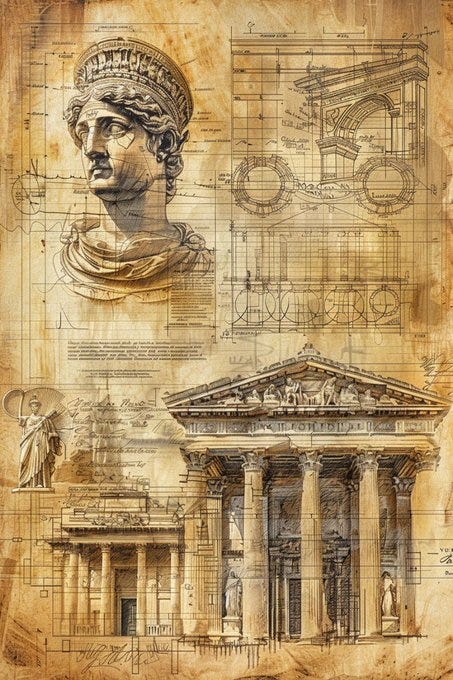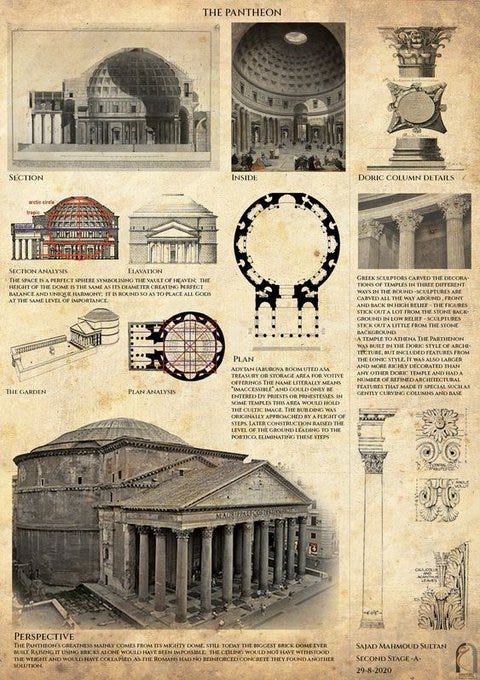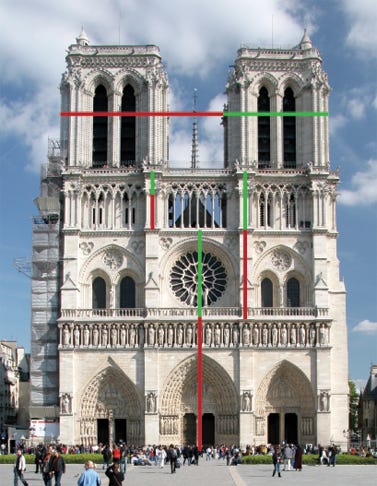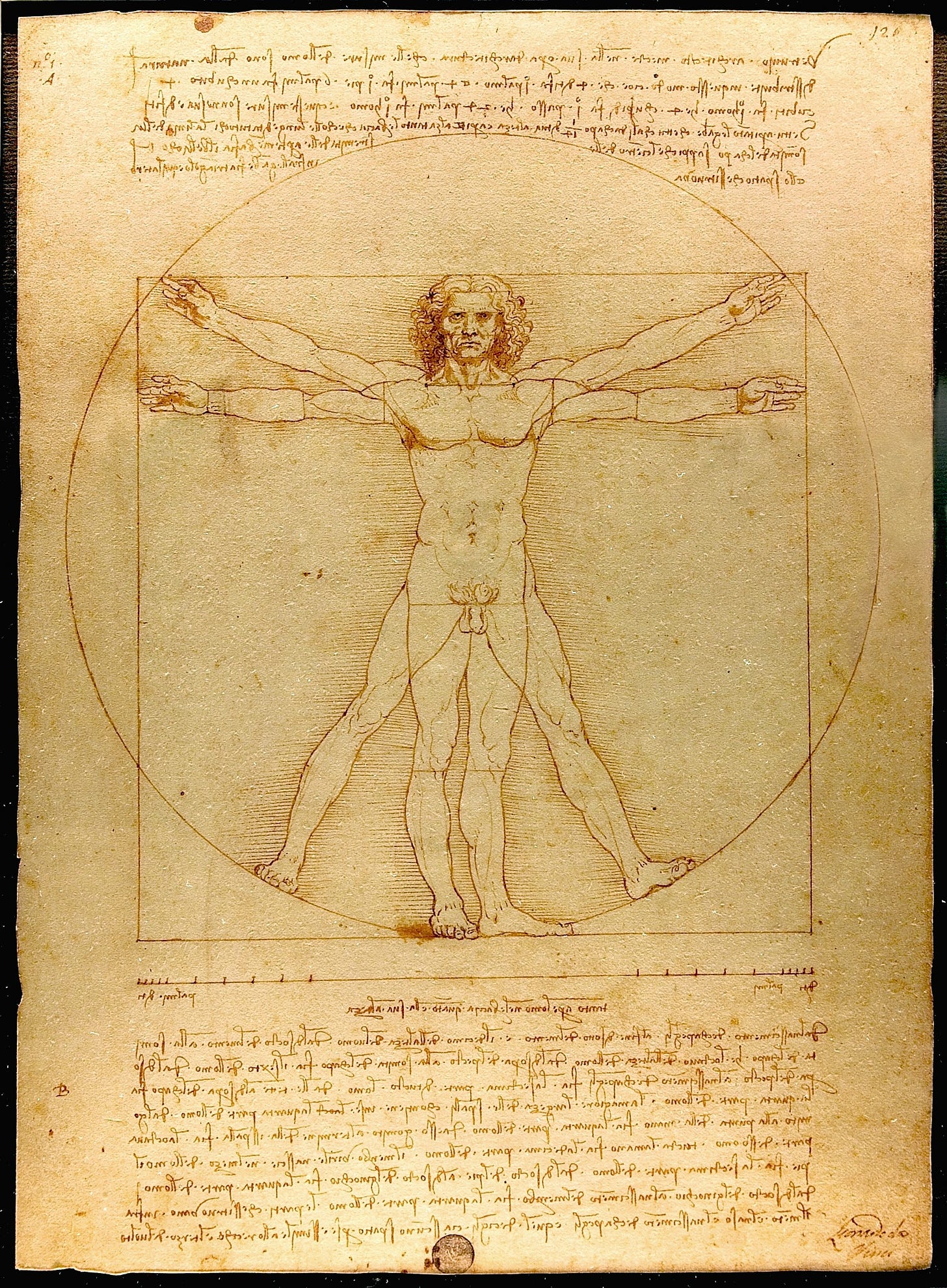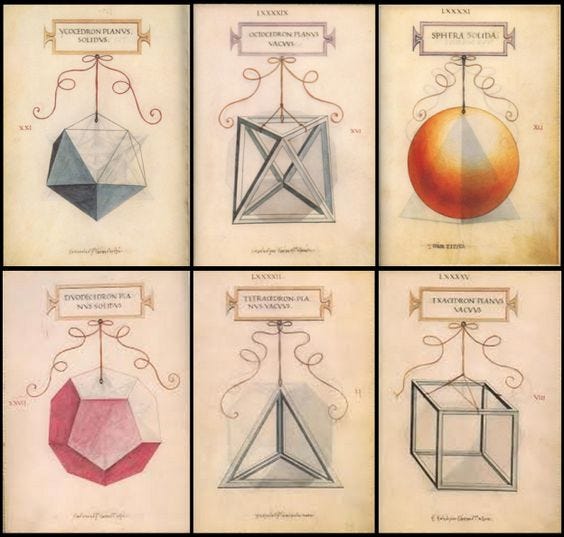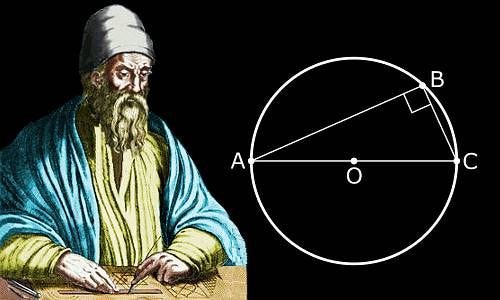Euclid's Masterpiece — Elements
Geometry, Art, and the Architecture of Thought
Few books have shaped human thought as profoundly as Euclid’s Elements. Written around 300 BC, this monumental work is a masterpiece of logic, a blueprint for beauty, and a foundational text that has influenced art, architecture, and philosophy for over two millennia.
Let’s check out how Euclid’s geometric wizardry continues to cast its spell on the world - from the symmetry of classical temples to the algorithms of modern design.
Imagine Euclid as an ancient sorcerer of sorts, only he wielded a compass and straightedge instead of a staff and wand. That said, Elements is like a spellbook - teaching us how to conjure and utilize various geometric principles, and unlock and use the hidden symmetries of the universe.
With just a few axioms — simple, self-evident truths — Euclid assembled an entire world of geometry for the world.
His proofs were acts of revelation — showing how complex truths emerge, unfold and crystalize into material reality.
Euclid’s Elements introduced the fundamental building blocks of geometry:
Points (dimensionless locations in space)
Lines (infinitely extending non-dimensional paths)
Planes (flat, two-dimensional surfaces)
You could call these the "Legos" of the ancient world — tools that allowed thinkers, artists and engineers to construct everything from basic shapes to the grandest architectural wonders.
By defining these elements, Euclid gave humanity a universal language for describing space, structure, and form. These geometric principles became the intellectual scaffolding upon which entire civilizations built their most enduring creations.
The Symmetry of Classical Design
From the Parthenon in Athens to the Pantheon in Rome, Euclidean geometry underpins classical architecture. The Greeks and Romans used precise ratios (like the Golden Ratio ~ 2:3) to create structures that felt harmonious and balanced with their surroundings. Columns, arches, and facades were all designed using Euclidean principles, ensuring both beauty and stability.
Geometry of Gothic Cathedrals
The soaring spires and ribbed vaults of Gothic cathedrals were not just feats of engineering - they were expressions of divine geometry. Architects used Euclidean constructions to create intricate stained-glass rose windows, perfectly proportioned arches, and labyrinthine floor plans that mirrored celestial order.
Islamic Art & Geometric Patterns
Euclid’s influence extends into Islamic art, where intricate tessellations and arabesques decorate mosques and palaces. These designs, built from repeating circles, squares, and stars, reflect an infinite, divine order—a direct descendant of Euclidean thought.
The Renaissance: A Rebirth of Euclidean Thought
Artists like Leonardo da Vinci and Albrecht Dürer studied Euclid to master perspective and proportion. Da Vinci’s Vitruvian Man—a study of human proportions within a circle and square—is a direct homage to Euclidean geometry.
The Five Platonic Solids: Euclid’s Cosmic Shapes
One of the most enchanting sections of The Elements is Euclid’s study of the five Platonic solids:
Tetrahedron (4 triangular faces)
Cube (6 square faces)
Octahedron (8 triangular faces)
Dodecahedron (12 pentagonal faces)
Icosahedron (20 triangular faces)
These shapes, with their perfect symmetry, fascinated thinkers from Plato (who associated them with the elements) to Johannes Kepler (who used them to model planetary orbits). Even today, they appear in everything from molecular structures to modern art.
Euclid’s Legacy
For over 2,000 years, The Elements was the standard geometry textbook. It was copied, translated, and studied by scholars in Alexandria, Baghdad, and medieval Europe. Even Isaac Newton kept a heavily annotated copy.
In the modern world, Euclid’s influence persists in surprising ways:
Computer Graphics: 3D modeling relies on Euclidean geometry to render shapes and perspectives.
Engineering & Design: Architects and engineers still use Euclidean constructions in blueprints.
Artificial Intelligence: Algorithms for spatial reasoning often build on geometric principles from The Elements.
Why Euclid Still Matters Today
In an age of digital abstraction, Euclid’s work reminds us of the elegance of pure logic and the beauty of structured thought. His Elements teaches us that:
✅ Complexity arises from simplicity – A few basic rules can generate infinite possibilities.
✅ Beauty is mathematical – The most pleasing designs often follow geometric harmony.
✅ Logic is timeless – Even in the age of AI, Euclid’s proofs remain unshaken.
Next time you admire a skyscraper’s sleek angles, a painting’s perfect perspective, or even the symmetry of a snowflake, remember Euclid - the master of mathematical and geometrical beauty.
As we continue to build, design, and innovate, we stand on the shoulders of this ancient geometer, whose spells of lines and circles still shape our reality.
Stay curious,
Classical Aegis


